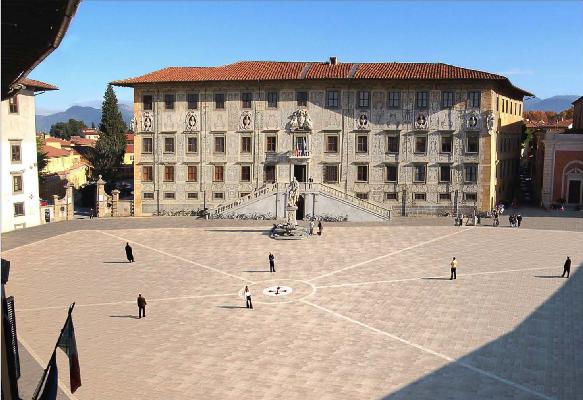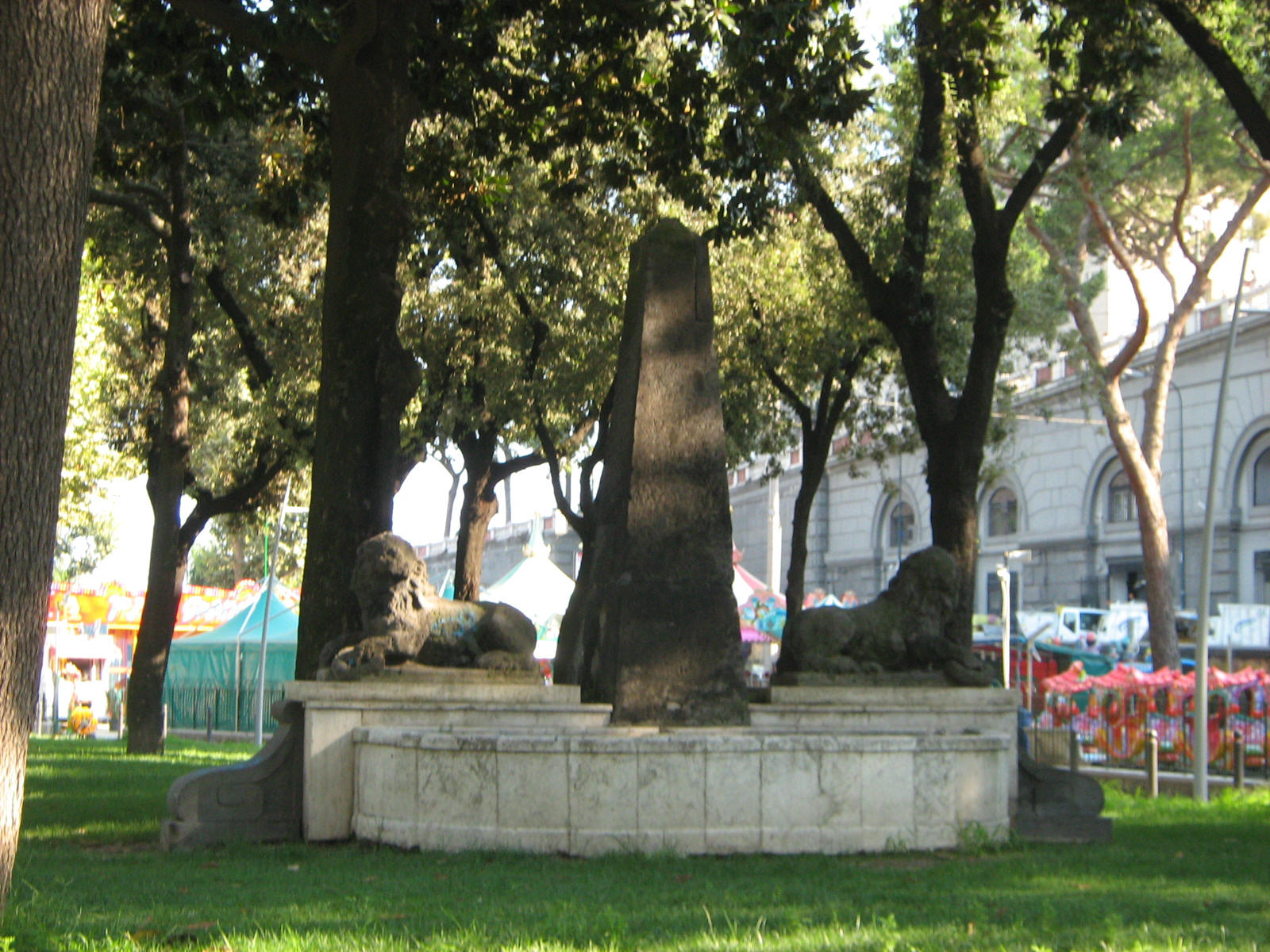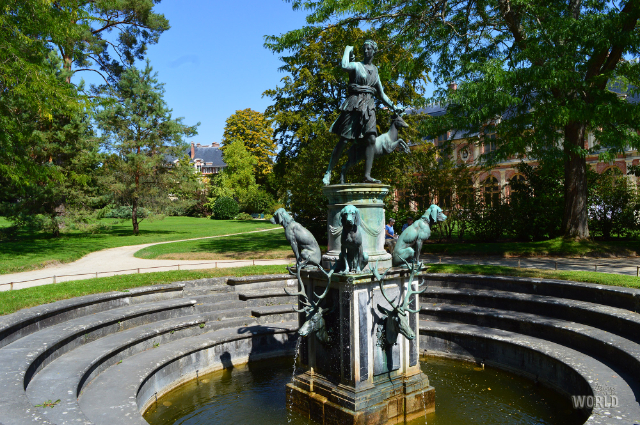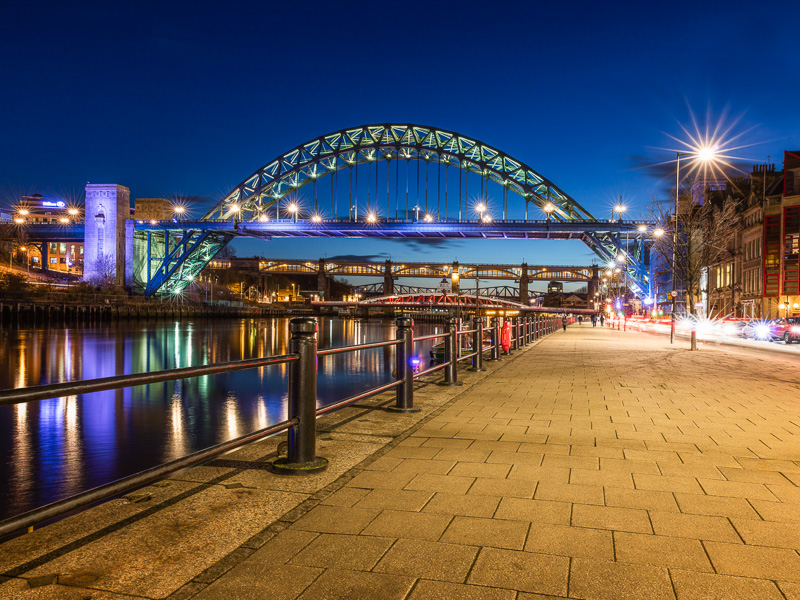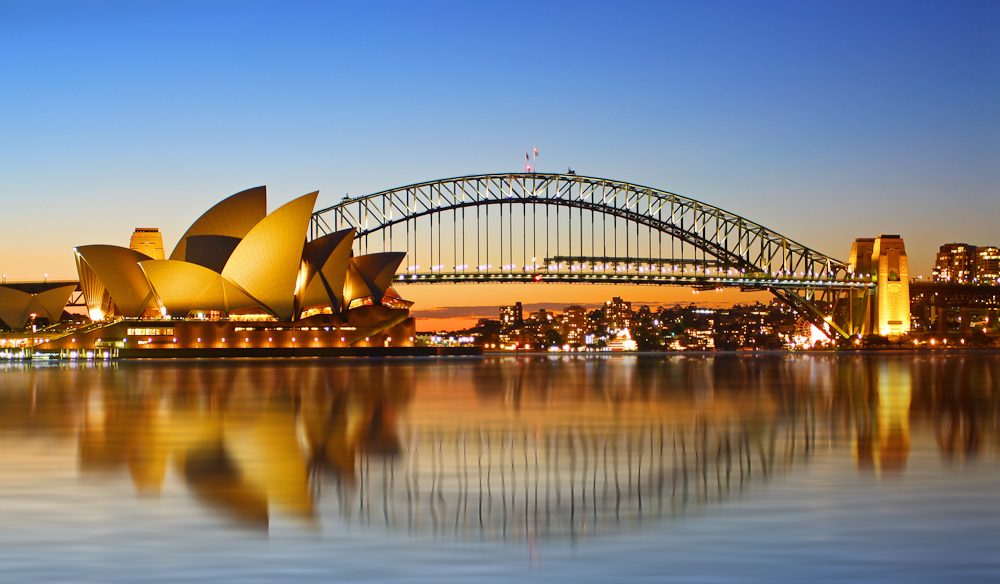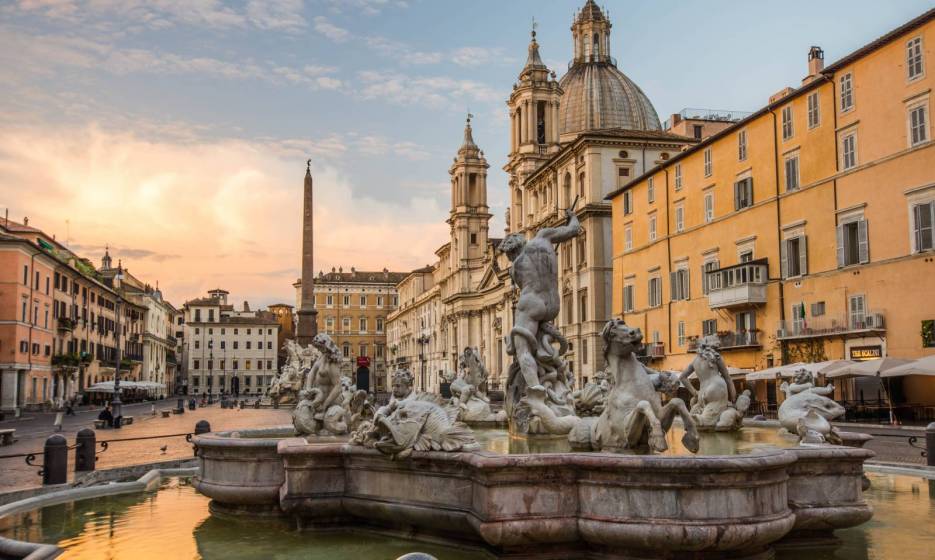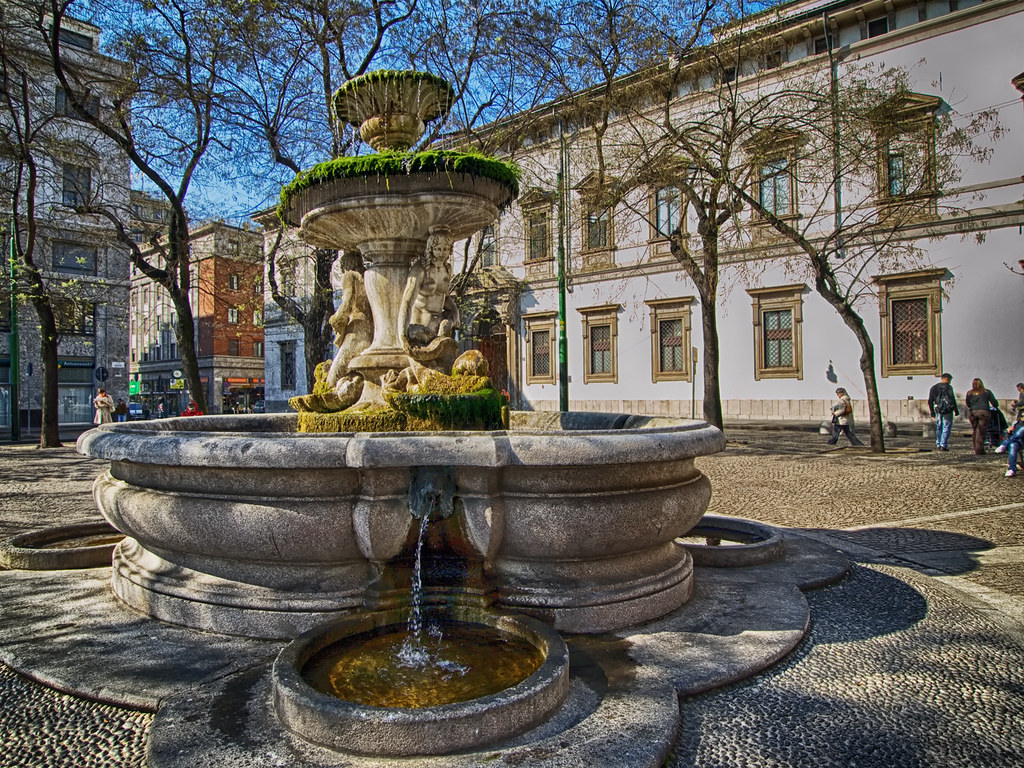Piazza dei Cavalieri is the result of a vast work of urban rearrangement wanted by Cosimo I in 1558 and entrusted to Giorgio Vasari, who moved to regularize the buildings facing the square, erected according to his words in confusion and disorder, often proceeding to the merger of existing medieval buildings.
The square is overlooked by the Palazzo della Carovana (1562-64), the church of S. Stefano dei Cavalieri (1565-69), the Palazzo della Canonica (1566), the Palazzo del Consiglio dei Dodici (1603), the Palazzo Puteano (1594-98), the church of S. Rocco (1575), the Palazzo dell’Orologio (1605-8), while in the center stands the statue of Cosimo I (1596) by Pietro Francavilla.
The area was during the Middle Ages the political and administrative center of the city. In the early Middle Ages it was the seat of the gastaldo, the Lombard official who administered the city, and of numerous iron and steel factories, so much so that from the eleventh century the area was called "fabbriche maggiori" (major factories) because of the large number of blacksmiths, active until the end of the thirteenth century.
The blacksmiths represented a powerful entrepreneurial class, with the highest number of employees among all workers, as their activity was linked to shipbuilding, construction, production of weapons and everyday objects. In the late Middle Ages at the center of the current square there was a smaller one known as the square of the Seven Ways, from the number of roads that led to it, on which in 1254 was built, bringing together some existing buildings, the Palazzo del Popolo e degli Anziani (now Palazzo della Carovana).
Already in the fourteenth century we proceeded to a series of expropriations and demolitions aimed at the realization of a large square called Platea Pisani Populi, at which took place even the executions.
